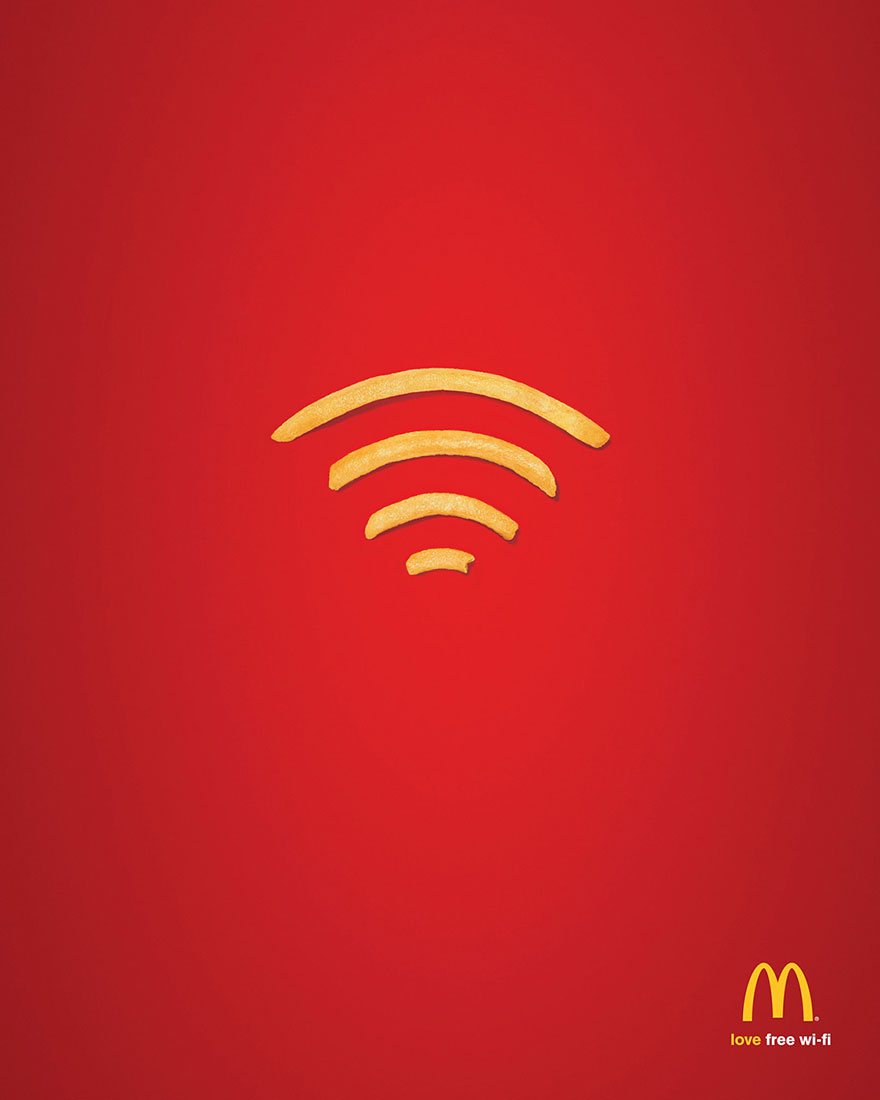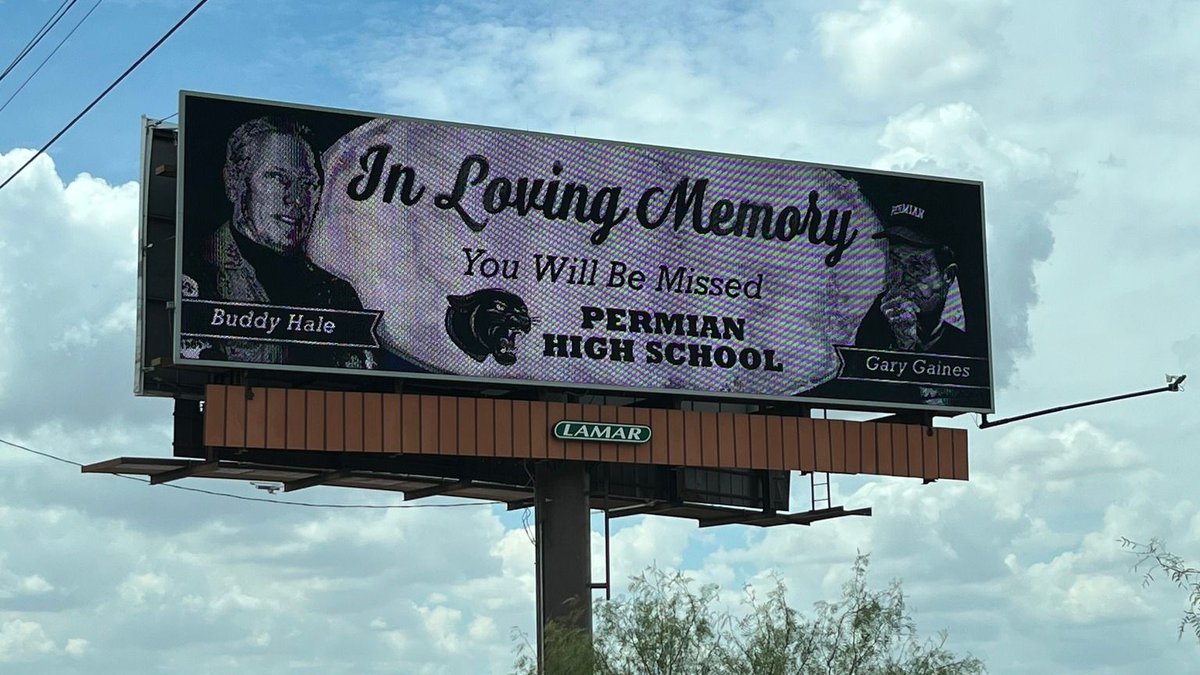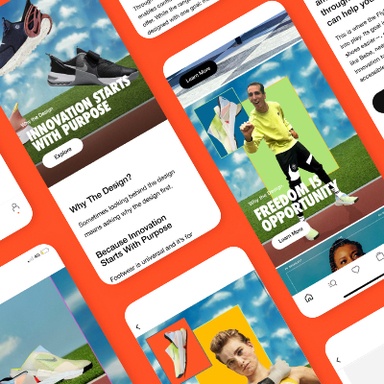
Common forms of roadside advertising include a roadside sign. It can distract drivers from driving and cause them to behave differently. These signs can be divided into two kinds: static and changing. The effects of these signs on driving behaviour are not well understood.
Despite widespread usage, evidence of the direct effects of advertising signs on road safety has been limited. A number of studies have examined key human factors related to roadside advertisements.
Some factors that may influence the risk posed by roadside advertising are the physical attributes of the signs, the speed at which they change, the amount of information that is displayed, and the presence of a human on the sign. All of these factors are related to the attention paid by drivers. This is influenced largely by the personality and physiological and psychological strengths of the driver.

Drivers who are inexperienced or young are more likely to spend their attention on interaction with roadside ads than drivers who are older and more experienced. Their ability distinguish between relevant or irrelevant information is also lower. They are more susceptible to distraction.
One way to analyze the effects of roadside advertisements on driving behavior is using the Task-Capability Interface Model (TCI). This model examines the relationship between vehicle and environment. According to TCI's model, drivers pay more attention if there is a change in the appearance of roadside signage. These factors are transient and include changes in the amount of information, number of signs, number of images, and number of sequentially displayed images.
The interaction with a roadside sign caused drivers to have a lower performance. Studies showed that young drivers were more susceptible to these performance decrements. The sign's presence with a human seemed to increase distraction.
Additionally, researchers have examined the effect of various roadside advertising technologies upon driver behavior. In Israel, one study compared billboard removal to restoration to determine if it had an impact on the driving habits of drivers. Another study examined how digital advertisements affected drivers' driving behaviours.

While the roadside advertising business recognizes the importance and necessity of road safety, they are not responsible for ensuring their products do no cause an accident. Therefore, it is essential to research a wide variety of road users. These research studies should also consider pedestrians.
While it is important that you study the impact of roadside ads on driving, it's equally important to take into account all factors that influence driving. It isn't always possible to do this in a systematic manner.
The relationship between roadside advertising and driver behavior is complex. Roadside advertising can also be considered an environmental clutter. Unfortunately, it is difficult to assess its impacts.
FAQ
Is it possible for traffic to be free?
Refers to traffic that is free from search engine results. This is also known as organic or natural traffic. There are many ways to get free traffic, such as article marketing, social media marketing, blogging, etc.
Article Marketing is an excellent way to generate free traffic. Paid ads are more expensive than the CPC. Article marketing can also be referred to content marketing.
Social Media Marketing: Social media sites such as Facebook, Twitter, LinkedIn, and LinkedIn make it easy to promote your company through advertising. These platforms are great for sharing updates, sharing photos, and building relationships with potential clients. Many businesses choose to buy ad space in social media because they want a wider reach at a reduced price.
Blogging - Blogging is another great way to generate free traffic. You'll attract visitors if you write quality content that people enjoy reading. You can start to monetize your blog with the sale of products or services after you have attracted readers.
Email Marketing - Although email marketing has been around since before the advent of the Internet it is still one of the most effective ways to drive traffic and sales to your site. Regular email marketing is a great strategy to increase your subscribers and ultimately sell something.
What do you need to know about internet advertising?
Internet advertising has become an integral part any business strategy. It helps companies reach potential customers at a low cost. There are many types of internet advertising. Some are free, while others require payment.
You can also advertise online using banner ads, pop up ads, search engine optimization, pay-per-click advertisements (PPC), social media marketing (e-mail marketing), and mobile marketing. Each method has its benefits and drawbacks.
Social media is a great way to advertise your business.
Social Media Marketing is a way to reach customers on social media platforms such as Facebook and Twitter. You can also target specific groups within these networks using keywords.
Because this advertising method costs less online than traditional methods, it's more cost-effective. It also allows you to build strong relationships with your current and potential clients.
It is simple to get started using social media for your business promotion. All you need is access to the Internet and a smartphone.
What is an advertisement campaign?
An advertisement campaign is a series containing advertisements to promote a product. It may also refer to the entire production of such ads.
The Latin word "to sell" gave rise to the term "ad". Marcus Terentius Varro (116–27 BC), was the first to make it a verb, meaning "to make sale".
Advertising campaigns are often carried out by large agencies or companies. Many media types can be used in these campaigns, including television, radio and print.
Advertising campaigns can last up to six months and have specific goals. Some campaigns are designed to increase awareness, while others aim to increase sales.
Advertising is what?
Advertising is an art. It's not just about selling products. It's all about creating emotional connections between people with brands.
Advertising is all about telling stories with images and communicating ideas.
Communicating clearly and persuasively is key. It is important to share a story that appeals to your target audience.
Advertising is different than other communication methods, such as writing or public speaking.
You are building a brand identity when you run a successful advertising campaign.
And this is how you become memorable. You become someone that people remember.
What is advertising's basic purpose?
Advertising isn’t about selling products.
Advertising is communicating ideas and values. Advertising is about changing people's minds and attitudes. It's also about creating relationships.
It's about helping people feel good about themselves.
But if you don't know what your customers want, you can't sell anything to them.
Prior to you begin any advertising project, make sure you understand your customer's buying habits and needs.
This allows you to design ads that resonate well with them.
What do you need information about print advertising
Print advertising is a great medium to communicate with customers. Print advertising is used by many companies to promote their products and services. The main goal is to catch the attention and buy from the consumer.
Print ads are usually one-page long. They contain text, images, logos, and any other graphics. These ads may include sound, animation and video as well as hyperlinks.
The main types of print advertisements are classified as follows:
1. Brochures - These are large format printed pieces designed to attract people into stores. Brochures often feature eye-catching designs and colorful photos.
2. Catalogues: These are smaller versions or brochures. They are sent to customers who have requested specific information.
3. Flyers are small pieces or paper distributed at events such concerts and fairs. Flyers can be handed out at retail outlets for a small fee, but are generally free.
4. Posters – These are larger versions than flyers. They are often displayed on walls, fences, or buildings. They are created by computer software programs in order to grab passersby's eyes.
5. Direct mail – These are direct mail letters and postcards sent to potential customers. These cards are sent by companies periodically to remind their customers about their company.
6. Newspaper Ads – These are ads that appear in newspapers or magazines. They are usually quite long and contain both text and images.
Statistics
- In 1919 it was 2.5 percent of gross domestic product (GDP) in the US, and it averaged 2.2 percent of GDP between then and at least 2007, though it may have declined dramatically since the Great Recession. (en.wikipedia.org)
- Google will display whichever ad type (CPM or CPC) is expected to earn more revenue for the publisher, which is in Google's best interest since they take a 32% share of the revenue. (quicksprout.com)
- Nonetheless, advertising spending as a share of GDP was slightly lower – about 2.4 percent. (en.wikipedia.org)
- It's 100% reliant on your website traffic. (quicksprout.com)
External Links
How To
How to Make Sponsored Ads On Facebook
Facebook has become one of the most popular social networking platforms. The global population is 1.79 billion. It keeps growing each day.
Facebook is completely free. However, you will need to pay to reach your target audience. Paid advertising options include promoted posts and banners.
Log in to an existing app, if you already own one. Or click "Create New App." Follow these steps:
-
Click "Add Platform" under the Apps section.
-
Click Continue, then select "Advertising".
-
Complete the form and send it in.
-
After approval you will receive a ClientID and Secret key. Copy them.
-
and paste the keys into the appropriate fields.
-
Enter the name of your campaign, and then select the currency.
-
Click "Begin Campaign"
-
Follow these steps until you see the first banner. Then copy the URL and go back to your Facebook page.
-
Paste the code into the box provided by Facebook.
-
Click "Save Changes".
-
Your ad should be now live!
-
Repeat steps 10 through 12 for each additional banner you want to create.
-
After you're done, click "Continue". The rest of the process will continue.
-
Create your final ad group.
-
Once your campaign is complete, click the "View All Ads” link to view all of it.
-
To delete any ads click on the "Remove Ads” button next to each individual ad.
-
If you don’t see results after running your campaigns, ensure that you followed all the directions.
-
Check the date range you have chosen for your campaign.
-
Set your budget accordingly.
-
Save your changes.
-
Review the settings for your campaign before clicking "Submit."
-
Allow your ads to appear on the timeline.
-
Congratulation on a job well accomplished!
-
Now let's look at some tips for improving your results.